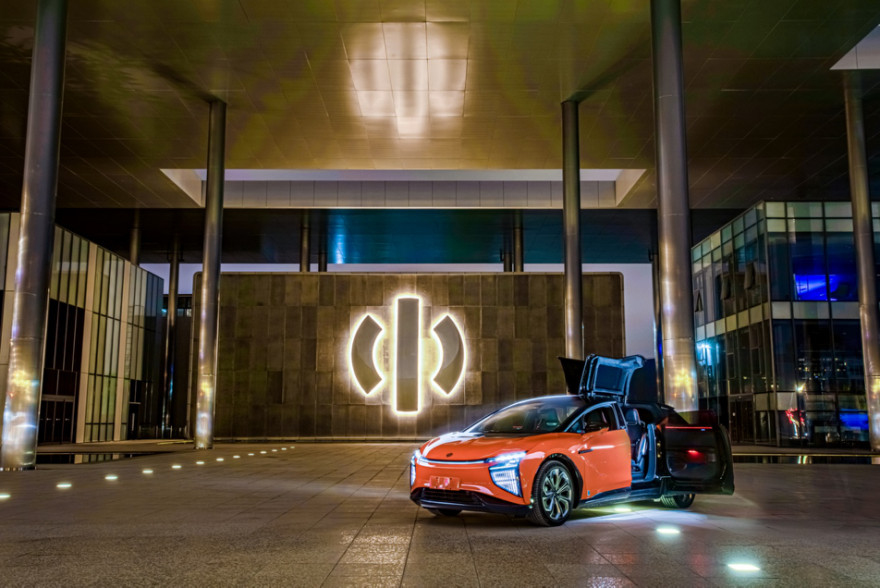This article is reproduced from the autocarweekly public account.
Author: Joey
How can luxury cars in China sell well?
In fact, this question seems to be a fake proposition because in the subconsciousness of Chinese consumers, domestic cars should win by lower prices and higher cost-effectiveness. How strong is this way of thinking? It can be strong enough to let domestic car manufacturers find the right path by themselves.
For example, they shout out to be comparable to joint ventures but proactively give up the first- and second-tier markets that joint ventures want to occupy and sink themselves into the third-, fourth-, and even fifth-tier markets. They also produce a product that wants to be positioned as a luxury car, but set the price in the price range of mass-produced models of joint ventures. Obviously, for domestic automakers, the courage to face joint venture and even imported brands head-on still needs to be cultivated.
Speaking of which, you must think of a brand that can carry the flag of domestic cars – Hongqi.
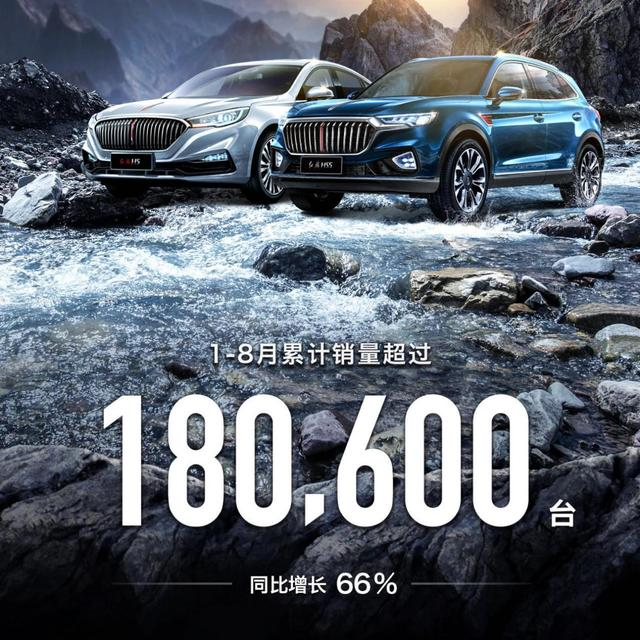
Yes, Hongqi can be considered as the most eye-catching car brand in recent years. In 2020, they achieved the annual sales breakthrough of 200,000 vehicles. As of August this year, Hongqi’s overall cumulative sales have exceeded 180,000 vehicles, which is beyond doubt compared to last year. But don’t forget, this happened after Hongqi really achieved reasonable pricing and surpassed configuration level.
I still remember that year when Hongqi, which had not yet realized the market situation, had launched a car-purchasing process that required “capital verification” and was priced similarly to a Rolls-Royce. Although this service model undoubtedly made the brand “shine”, it basically gave up treatment in terms of sales.
Therefore, now Hongqi’s strategy has become more practical, and the relationship between price and configuration is more in line with people’s bottom-line recognition, and the “reversal” of sales has really become a matter of course.
Through the story of Hongqi’s reversal, it seems that the argument that domestic cars can only be sold at lower prices with higher cost-effectiveness has once again been confirmed.
However, there are always people who don’t believe in evil and want to try. Gaohe is one of the important representatives.
What price should domestic luxury cars sell at?
In fact, the debate on how much domestic cars should sell has never stopped, especially in the field of new energy vehicles. Such debates and doubts are also common between foreign brands and new forces in the field of new energy vehicles.
In short, Tesla sells for one million and it is reasonable, while NIO sells for 500,000 and it is expensive. But in fact, everyone is on the same starting line (Li Bin is not from the car-making industry, and neither is Musk). Tesla wants to make cars a technological product, and NIO is the same (just one is more willing to focus on technology, and the other wants to highlight luxury and service).However, ultimately, everyone is a novice and makes mistakes while continuously exploring. So who is worse than whom?
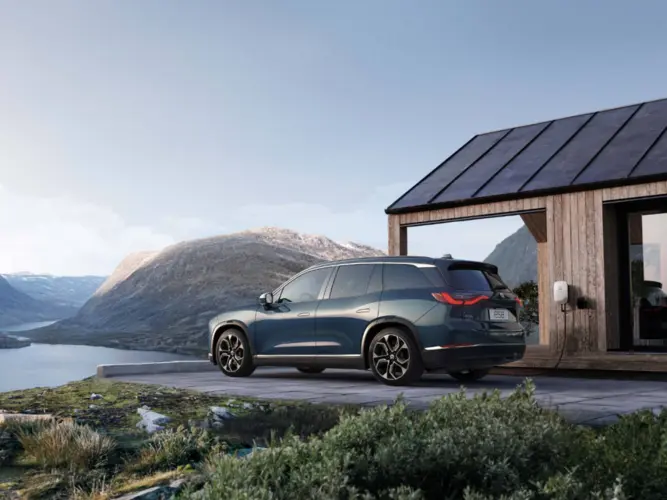
Now, the issue of price regarding Tesla and NIO seems to have been solved through the diversification strategy of product lines. ES6, Model Y, and Model 3 have continuously lowered the price range, and there are even rumors that Tesla will develop a $160,000 car in the future.
Obviously, consumers’ purchasing power today can fully afford the selling price of luxury new energy electric vehicles that were previously unattainable.
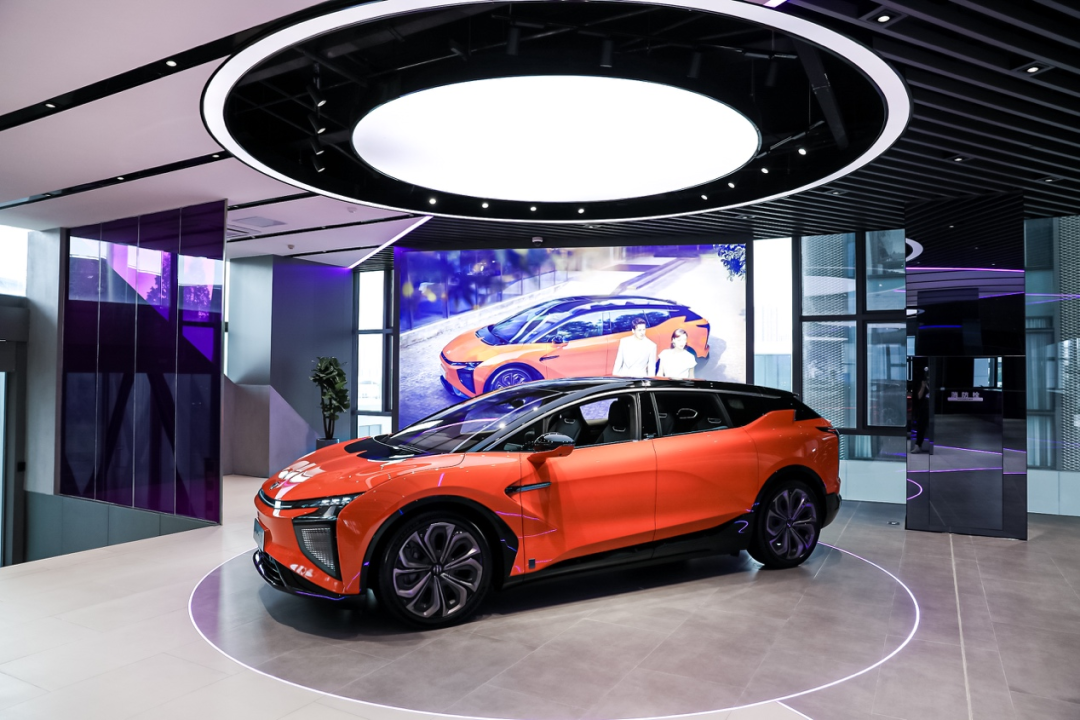
So, the hat regarding price is now on the high-end vehicles priced between 600,000 to 8 million yuan.
The anti-“traditional” pure electric vehicle
Firstly, pure electric vehicles are already an anti-traditional existence. However, during their development process, electric vehicle manufacturers gradually found something in common. This has also led to a similar “traditional” pattern. Everyone is competing within this framework, trying to stand out in these quantitative indicators. What about the HiPhi X from Human Horizons?
From the perspective of sales, HiPhi X has achieved remarkable results. In August, among luxury electric vehicles selling for over 500,000 yuan, HiPhi ranked second with sales of 469 vehicles, second only to Porsche’s Taycan. Although it does not require a large sales volume to rank high in this relatively niche market, compared to Porsche or even third-placed Hongqi (E-HS9 sold 343 vehicles), the emerging brand HiPhi has achieved commendable results, especially under the premise that its popularity still needs to be improved.
Now your question must be: How did HiPhi accomplish this? Taking an unconventional approach may be HiPhi’s significant advantage.
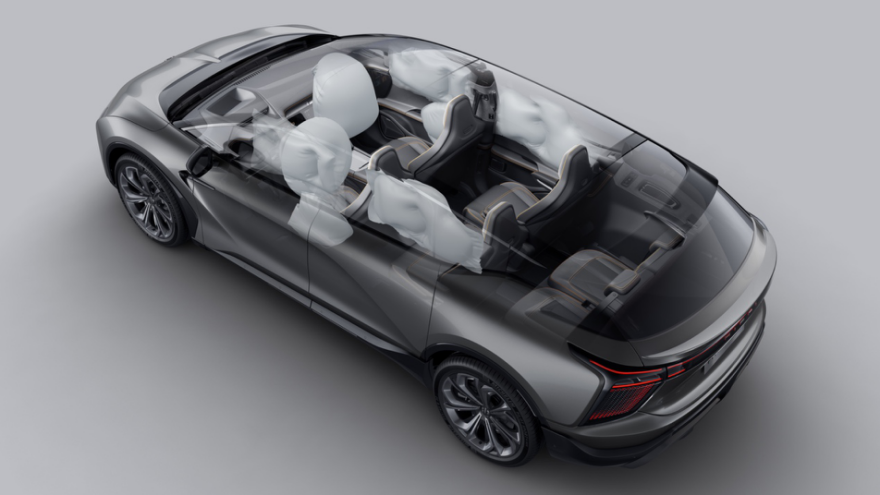
Features and products that many new energy vehicles gather to achieve are not precisely what HiPhi X pursues. For example, intelligent driving assistance systems or better aerodynamic characteristics or even better driving experience cannot be heard from HiPhi X’s daily promotion. This does not mean that HiPhi does not have its unique understanding of pure electric luxury vehicles.The understanding of intelligent driving is not limited to customizable emoticons and vehicle headlights that convey information to the outside world, nor is it only reflected in the complex and identity-exhibiting butterfly doors of the six-door coupes.
Despite the fact that Qoros rarely promotes HiPhi X’s intelligent driving assistance system, you must have heard of the “three smart” strategies proposed by Human Horizons long before the birth of automotive products. If you think about it carefully, you will find that this is a grander concept that is different from the single-car intelligence advocated by Tesla, XPeng, IM and other visual perception or laser radar-based players.
Under the guidance of such a “three smart” strategy, major infrastructure will become the eyes of intelligent cars, and smart cities and smart roads will become the ultimate guide for intelligent driving assistance. Just as Ding Lei once said, Human Horizons is pursuing hybrid intelligence and vehicle-road coordination, not simply relying on single-car intelligence (in fact, they have indeed built a “Smart Road” in Yancheng, where their factory is located). And today’s HiPhi X is the first and most important step for Human Horizons to achieve “three smart”.
Compared with single-car intelligence, which needs to be continuously modeled, collected, and upgraded through big data, providing a safer, more reliable, and extremely redundant intelligent driving environment for vehicles through more infrastructure and smart city construction, although it seems far away, it is also a very logical ultimate solution for intelligent driving.
So, if smart technology cannot represent HiPhi X as a whole, then who can? And what kind of product points can support its sales price?
Human Horizons found a direction-luxury.
Science and technology do not match with luxury? What about technological luxury?
In early 2019, Angela Ahrendts, who was then a senior vice president at Apple, officially resigned. As the CEO of Burberry, this vice president constantly raised Apple’s product prices, seemingly trying to completely separate the brand from the electronics industry and enter the ranks of luxury goods.
 It is obvious that she failed judging from her sales performance and her eventual outcome. Since then, people have formed a basic understanding and judgment of electronic consumer products, that is, electronic consumer products with technological attributes are more inclined towards “trendy” consumer products rather than “luxury” ones, even Apple, as powerful as it is, is no exception.
It is obvious that she failed judging from her sales performance and her eventual outcome. Since then, people have formed a basic understanding and judgment of electronic consumer products, that is, electronic consumer products with technological attributes are more inclined towards “trendy” consumer products rather than “luxury” ones, even Apple, as powerful as it is, is no exception.
However, such logic is completely different when applied to cars. Since the invention of cars 136 years ago, they have been the culmination of the most advanced technology of each era. The luxurious design and the application of high-end materials have largely pushed the positioning of automobile products towards luxury.
But, just like the “anti-traditional” tradition of GAC, it is no different in the field of luxury. GAC has proposed the concept of “TECHLUXE® Technology Luxury”.
Here, it is necessary to mention Ding Lei, the boss of GAC Motor. Yes, under normal circumstances, many people would confuse him with Ding Lei from NetEase. However, if you know a little about the automotive industry, you will find that this unassuming Ding Lei, who does not engage in the media, pig farming, or represent Warcraft, is the true “bigwig” in the automotive industry.
If, in the past, automobile companies, especially new forces without technological and systemic accumulations, usually solved the problem of parts and raw materials procurement through procurement, then GAC led by Ding Lei has adopted a brand new model – co-creation.
Such co-creation usually occurs between GAC and top global manufacturers. Companies such as Bosch, Continental, Dow, and Toyota Textile are on the list of this cooperative co-creation. Through this co-creation, the HiPhi X has introduced many new technologies that have debuted in China or the world.
For example, the world’s first mass-produced open H-SOA super body electronic and electrical architecture, the world’s first intelligent NT exhibition wing door, and the world’s first user-defined immersive cockpit, many of which are derived from such co-creation. And not long ago, GAC and Dow teamed up to create a new material made of organic silicone that is more durable and abrasion-resistant than top-tier leather.
Perhaps in the future, this material will become a brand new material that can demonstrate the sense of automotive luxury and will be widely used.If luxury used to be just a decoration of automotive technology before the arrival of the HiPhi X, then through Ding Lei’s co-creation idea, luxury and technology are truly integrated. And this is obviously a way of thinking that can open up new directions for the design and manufacture of future pure electric vehicles, beyond the “Three Intelligences”.
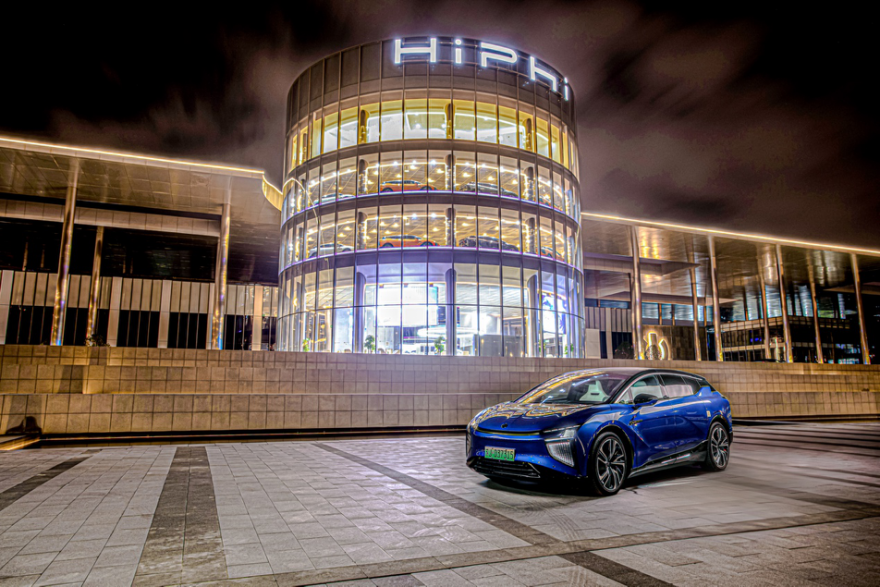
Now let’s go back to my original proposition, what kind of car can make you spend 800,000 yuan on a domestically produced pure electric vehicle? Perhaps the so-called headlights and doors are just appearances, and the rich entertainment and luxury fragrances carried by the high-definition large screen are not enough.
However, a truly leading idea in travel mode, a brand that truly regards luxury as technology and lets technology present luxury, may be one of your choices.
This article is a translation by ChatGPT of a Chinese report from 42HOW. If you have any questions about it, please email bd@42how.com.
